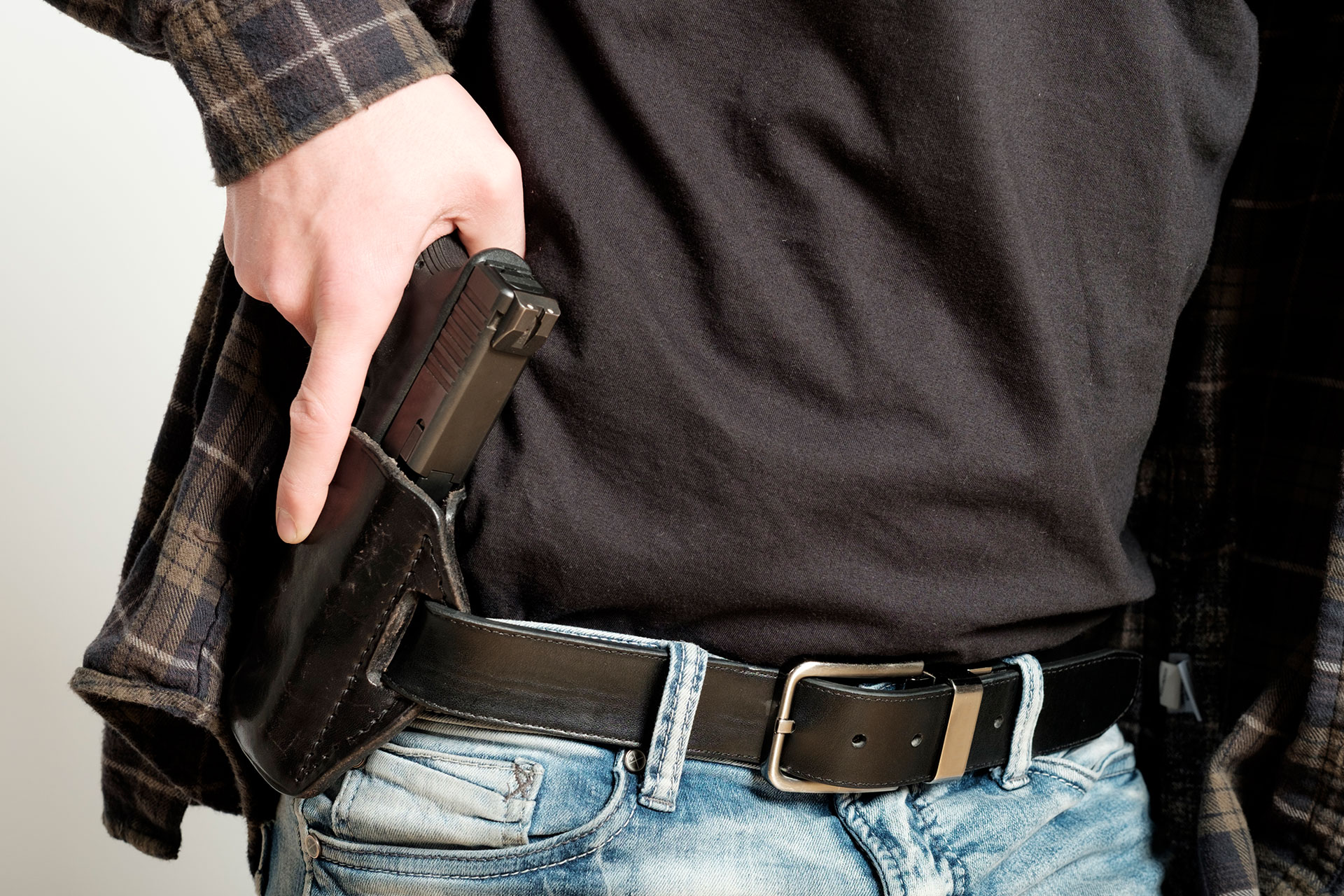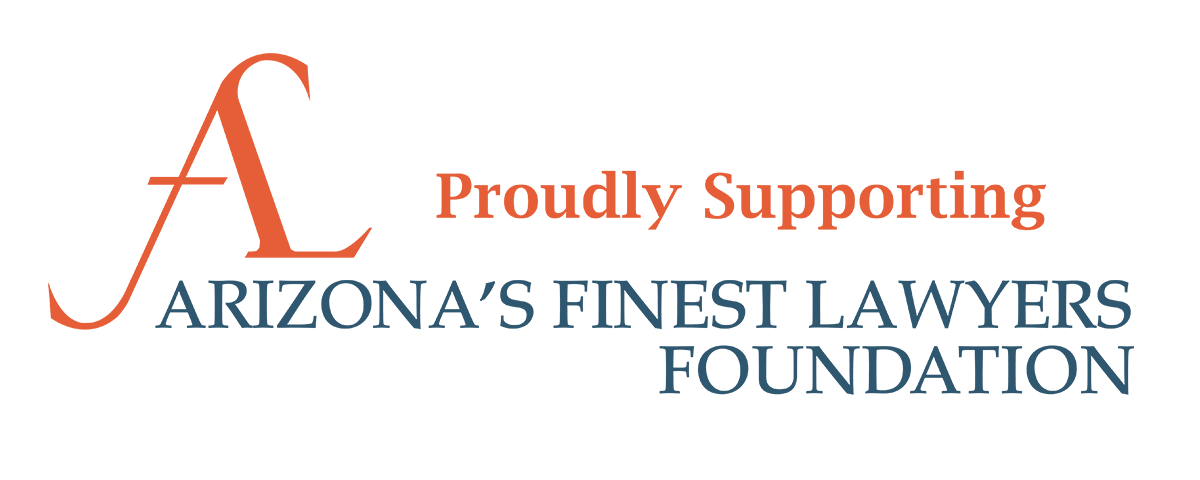
The Law Enforcement Officer Safety Act (LEOSA) was enacted in 2004 which allows two classes of persons to carry concealed firearms in any jurisdiction in the United States or United States Territories, regardless of any state or local laws that contain exceptions. The Unites States Federal law of LEOSA is broken into two classes of qualified persons. One is the qualified law enforcement officer who is active and serving as law enforcement and the second is the qualified retired or separated law enforcement officer. Law enforcement officer has been extended to include correctional officers and military police officers; however, there are specific qualifiers for the LEOSA privilege.
LEOSA does not extend the privilege to machine guns, destructive devices or silencers. It does permit private persons or entities to prohibit or restrict the possession of concealed firearms on their property such as bars, clubs and amusement parks and allows state or local government to restrict or prohibit firearms on government property, installations, buildings, bases or parks. LEOSA does not cause or grant the LEOSA holder any authority to act or exercise any law enforcement authority when off-duty.
To qualify under the LEOSA Act, 18 U.S.C. 926B, as a Qualified Actively Serving, the applicant must be authorized by law to engage in or supervise the prevention, detection, investigation, or prosecution of, or the incarceration of any person for, any violation of law. They must have statutory powers of arrest or authority to apprehend pursuant to 807(b) of Title 10, United States Code, also known as Article 7(b) of the Uniform Code of Military Justice (UCMJ). They must be authorized by the organization to carry a firearm. They can not be the subject of any disciplinary action by the organization that could result in suspension or loss of police powers. They must meet the organizations standards which require regular firearm qualifications and training. They may not be under the influence of alcohol or another intoxicating or hallucinatory drug or substance. And of course, may not be a prohibited possessor under federal law and 18 U.S.C. 922.
To qualify under the LEOSA Act, 18 U.S.C. 926C, as a Qualified Retired and Separated, the applicant must be separated in good standing from service with the governmental agency or separated from the agency due to a service related disability. They must have been authorized prior to separation to engage in or supervise the prevention, detection, investigation, prosecution or the incarceration of any person for any violation of law. Before separation they must have had the statutory power of arrest or authority to apprehend pursuant to section 807(b) of Title 10 U.S.C. also known as Article 7(b) of the Uniform Code of Military Justice (UCMJ). To qualify to carry a concealed weapon, the applicant must meet the following requirements within the most recent 12-month period:
- Must have met the State’s standards for training and qualifications to carry a firearm for active law enforcement officers in that state for the same type of weapon as the concealed.
- Qualified using the States LEOSA firearms qualification course, or
- If the State has not established law enforcement officer firearms qualification standard the instructor will certify the officer has completed handgun qualification course conducted by a state certified civilian firearms instructor using the member’s privately owned firearm and personally procured ammunition.
Law enforcement Officers who separate from service due to a mental health illness may not qualify as a retired law enforcement officer as described in 19 U.S.C. 926C. Law enforcement officers who have received medical retirement for PTSD may be denied LEOSA due to the diagnosis.
It should also be noted that LEOSA does not exempt qualified active or retired from carrying on an aircraft, cruise ship or train, which are regulated by Federal law.




